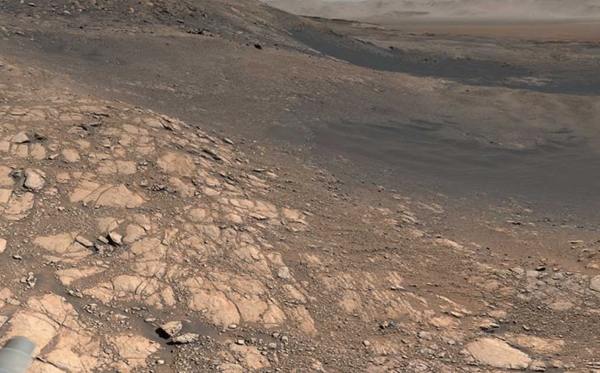NASA has stunned the world once more. This time, it’s with the clearest, sharpest footage of Mars ever released. Captured from nearly 140 million miles away, the high-definition visuals offer an almost surreal glimpse into the Martian surface that feels closer than ever before.
The breathtaking scenes, taken by the Curiosity rover, show sweeping dunes, jagged rocks, and fine dust formations that paint a vivid portrait of the Red Planet’s terrain. What makes this release so striking isn’t just the scenery—it’s the clarity. Each frame reveals extraordinary geological textures, making it easy to forget this footage is coming from a distant world millions of miles away.
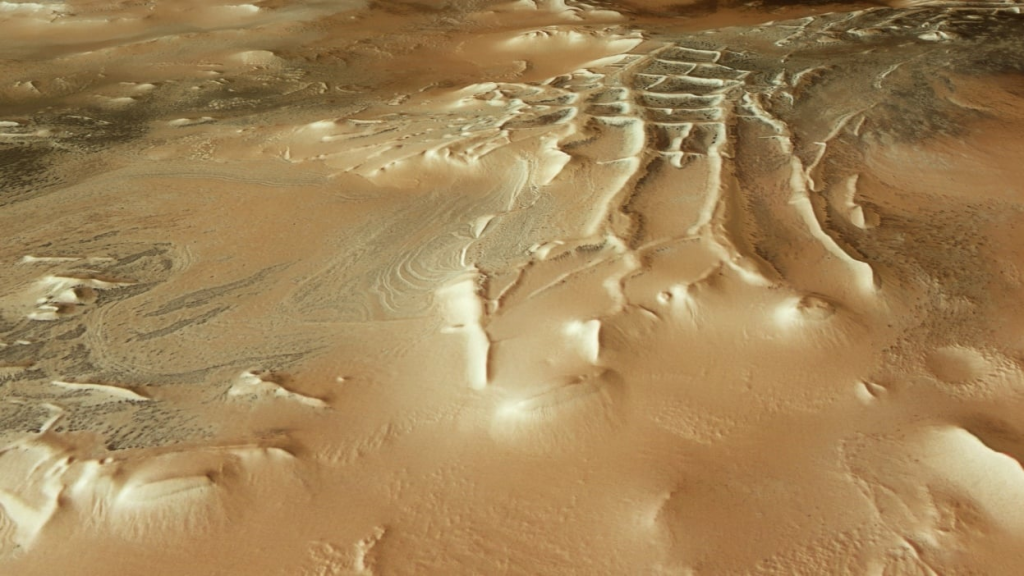
NASA’s engineers chose a time of exceptional atmospheric clarity to capture the video. As a result, visibility stretched for more than 30 kilometers—far more than usual. For scientists, this level of detail is a goldmine. It allows for deeper analysis of the planet’s surface, which in turn helps uncover clues about its past, including whether it could have supported life.
The rover that provided this footage, Curiosity, has been exploring Mars since 2012. Despite over a decade of service, its instruments continue to deliver data of astonishing quality. Its latest images showcase the landscape in such a way that many viewers online initially questioned whether what they were seeing was real or a digital rendering.
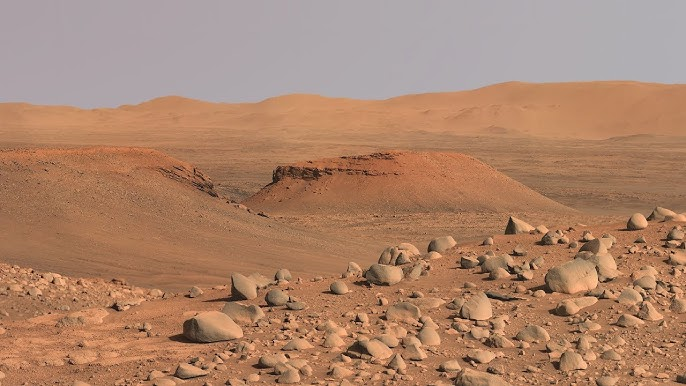
As soon as NASA posted the video, social media exploded with reaction. People around the globe flooded comment sections with amazement, admiration, and humor. One user said the footage looked “too perfect to be real,” while another joked about how NASA could capture ultra-clear video from Mars but convenience store security cameras still struggle to catch anything in focus.
Many comments also reflected awe at the sheer achievement. Sending a robot to another planet is one thing—but sending back flawless high-resolution footage across space is another entirely. Viewers described the planet’s landscape as “eerily beautiful” and “hauntingly silent,” noting how the stillness of the scenery somehow made it feel more alive.
But the discussion wasn’t all praise and poetry. A light-hearted but recurring theme emerged: the discrepancy between NASA’s interplanetary visuals and everyday tech here on Earth. Memes flooded the internet comparing the pristine Mars images to grainy doorbell cams and blurry security footage, raising laughs but also highlighting how extraordinary NASA’s accomplishment truly is.
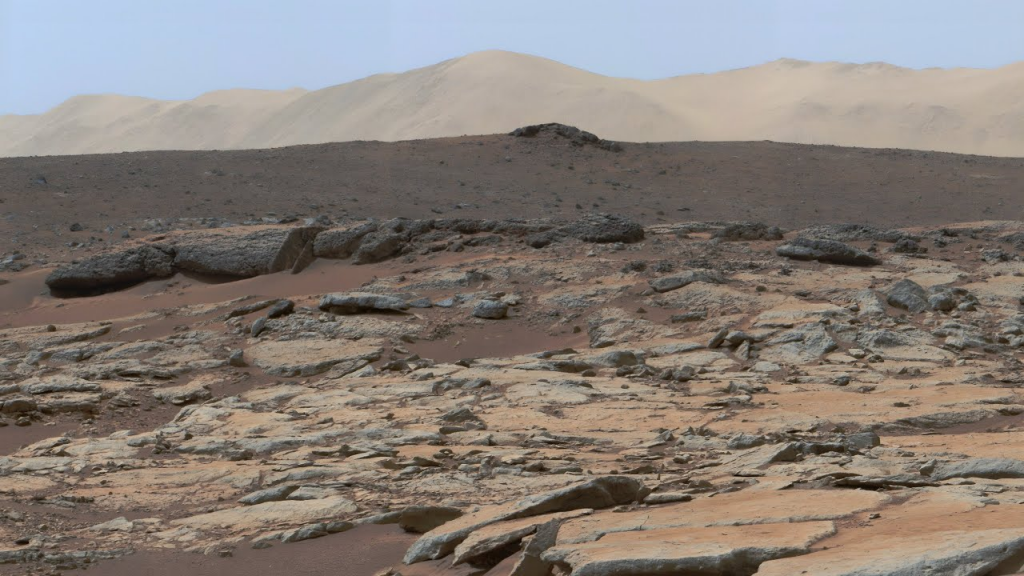
Despite the humor, the significance of this achievement isn’t lost. This is far more than a visual triumph. It’s a scientific leap forward. These clear images allow researchers to spot subtle formations in rock layers, study wind erosion patterns, and understand the planet’s environmental history with unprecedented accuracy.
Every grain of sand and ripple in the dust tells a story about Mars’ climate, its past weather, and its potential to sustain life—then or now. And with each new set of images, scientists come one step closer to answering questions that have lingered for generations. Is Mars just a cold, barren rock, or did it once host the building blocks of life?
The footage has also reignited excitement around the broader goals of space exploration. As NASA eyes its upcoming missions—including the Artemis program and eventual crewed Mars missions—these visuals serve as both a scientific asset and a powerful motivator. They remind the public what space travel can achieve and why it matters.
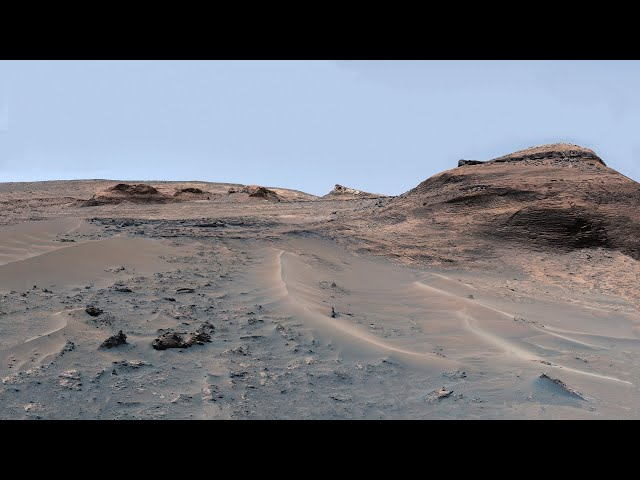
Even among those who rarely follow space news, this video has struck a chord. There’s something about seeing another world in such detail that transcends scientific interest. It speaks to a collective human curiosity—to see what’s out there, to understand the unknown, and maybe, just maybe, to find something familiar in the most unfamiliar of places.
In classrooms, the footage is being used to inspire the next generation of scientists and engineers. Teachers play the video to show students what human ingenuity can accomplish. Astronomers point to it as evidence of how far imaging technology has come in recent decades. It’s become more than data—it’s a spark.
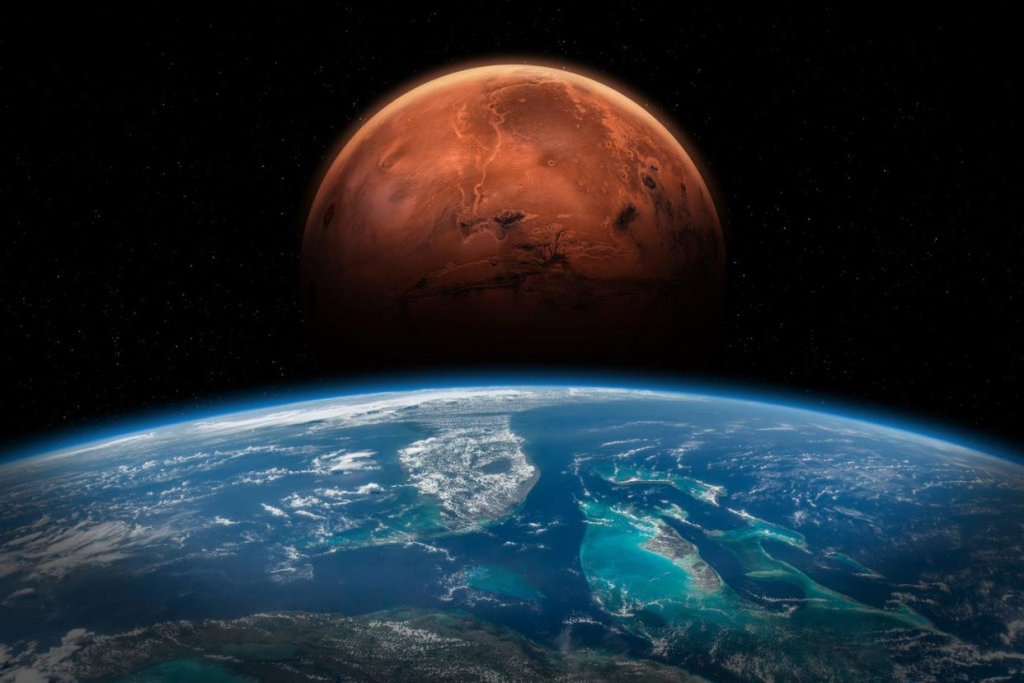
As the world continues to talk, share, and marvel, NASA quietly presses forward. While the public digests this round of footage, the agency’s engineers and scientists are already working on the next. Better tools, more advanced rovers, and clearer images are on the horizon. The goal isn’t just to look at Mars—it’s to understand it, to prepare for human arrival, and to explore it with the same passion that led to this moment.
So while the online world debates why Mars looks better than a highway surveillance camera, NASA is focused on the big picture. These crystal-clear views of a dusty red world are more than impressive—they’re a glimpse of the future. One that, remarkably, feels closer with every image sent back from the stars.
